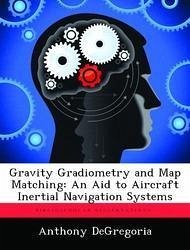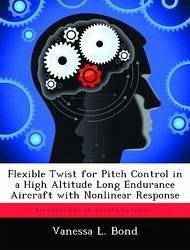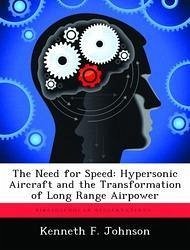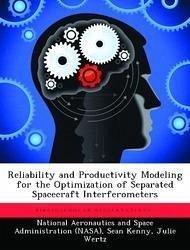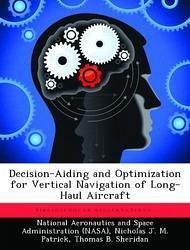
Decision-Aiding and Optimization for Vertical Navigation of Long-Haul Aircraft
Versandkostenfrei!
Versandfertig in über 4 Wochen
52,99 €
inkl. MwSt.

PAYBACK Punkte
26 °P sammeln!
Most decisions made in the cockpit are related to safety, and have therefore been proceduralized in order to reduce risk. There are very few which are made on the basis of a value metric such as economic cost. One which can be shown to be value based, however, is the selection of a flight profile. Fuel consumption and flight time both have a substantial effect on aircraft operating cost, but they cannot be minimized simultaneously. In addition, winds, turbulence, and performance vary widely with altitude and time. These factors make it important and difficult for pilots to (a) evaluate the out...
Most decisions made in the cockpit are related to safety, and have therefore been proceduralized in order to reduce risk. There are very few which are made on the basis of a value metric such as economic cost. One which can be shown to be value based, however, is the selection of a flight profile. Fuel consumption and flight time both have a substantial effect on aircraft operating cost, but they cannot be minimized simultaneously. In addition, winds, turbulence, and performance vary widely with altitude and time. These factors make it important and difficult for pilots to (a) evaluate the outcomes associated with a particular trajectory before it is flown and (b) decide among possible trajectories. The two elements of this problem considered here are: (1) determining what constitutes optimality, and (2) finding optimal trajectories. Pilots and dispatchers from major u.s. airlines were surveyed to determine which attributes of the outcome of a flight they considered the most important. Avoiding turbulence-for passenger comfort-topped the list of items which were not safety related. Pilots' decision making about the selection of flight profile on the basis of flight time, fuel burn, and exposure to turbulence was then observed. Of the several behavioral and prescriptive decision models invoked to explain the pilots' choices, utility maximization is shown to best reproduce the pilots' decisions. After considering more traditional methods for optimizing trajectories, a novel method is developed using a genetic algorithm (GA) operating on a discrete representation of the trajectory search space. The representation is a sequence of command altitudes, and was chosen to be compatible with the constraints imposed by Air Traffic Control, and with the training given to pilots. Since trajectory evaluation for the GA is performed holistically, a wide class of objective functions can be optimized easily.





